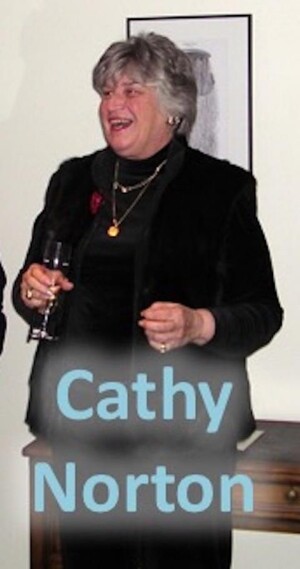- John Philip Trinkaus
- Early Life
- Trink’s Undergraduate Research at Wesleyan University
- Trink's First Visit to the MBL
- Trink and the MBL Embryology Course
- Trink's Graduate Research at Johns Hopkins University
- New Location & New Research Problem
- Fundulus as Choice Organism
- Trink's work on the Yolk Syncytial Layer (YSL) in Fundulus Epiboly
- Trink’s MBL Research on Cell Motility with C. A. Tickle
- Conclusion
- Alfred Huettner
- Cathy Norton
- China at the MBL: 1920-1945
- Collecting at the MBL
- Cyclins at the MBL
- Edmund Beecher Wilson
- Edwin Grant Conklin
- Envisioning the MBL: Whitman’s Efforts to Create an Independent Institution
- Eugene Bell Center for Regenerative Biology and Tissue Engineering 2010-2018
- Shinya Inoué: Capturing Dynamic Cellular Processes
- Squids, Axons, and Action Potentials: Stories of Neurobiological Discovery
- The Biological Bulletin
- The Ecosystems Center (1975-2018)
- The MBL Embryology Course 1939
- The Marine Biological Laboratory
- The Neurobiology of Vision at the MBL
- Using Biodiversity
- Collecting Methods & Surveys
- “Report upon the Invertebrate Animals of Vineyard Sound and Adjacent Waters, with an account of the Physical Features of the Reg
- “A Biological Survey of the Waters of Woods Hole and Vicinity. Part III. A Catalogue of the Marine Fauna” (1913)
- Methods for Obtaining and Handling Marine Eggs and Embryos (1957)
- Experiments
- Supply & Sale
- Collecting Methods & Surveys
- Viktor Hamburger and Experimental Embryology
- Visual Media in Embryology
- Woods Hole 150
Cathy recognized early on that simply making information available electronically was not enough. She recognized that it was important to create tools and use digitized content as resources. Cathy’s works on digital library initiatives focused her interests into modernizing the literature using taxonomic name servers and building communities of stakeholders. The creation of uBio, digital biodiversity database and taxonomic name finder lead the way to future collaborations and served as a foundational piece of Encyclopedia of Life (EOL) project. Inspired by Dr. Edward O. Wilson’s 2007 TED prize speech, EOL ambitiously set out to provide “a webpage for every species” with seed funding from the John D. and Catherine T. MacArthur and Alfred P. Sloan Foundations.

